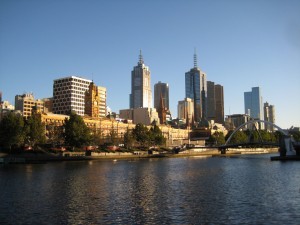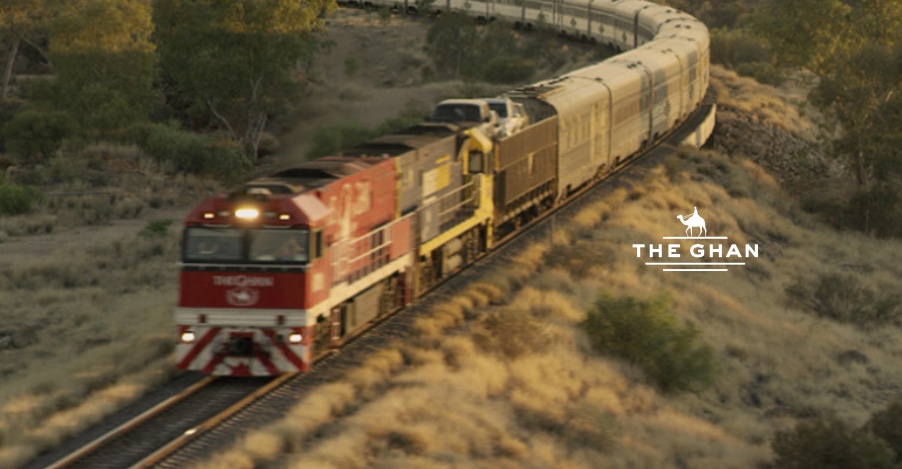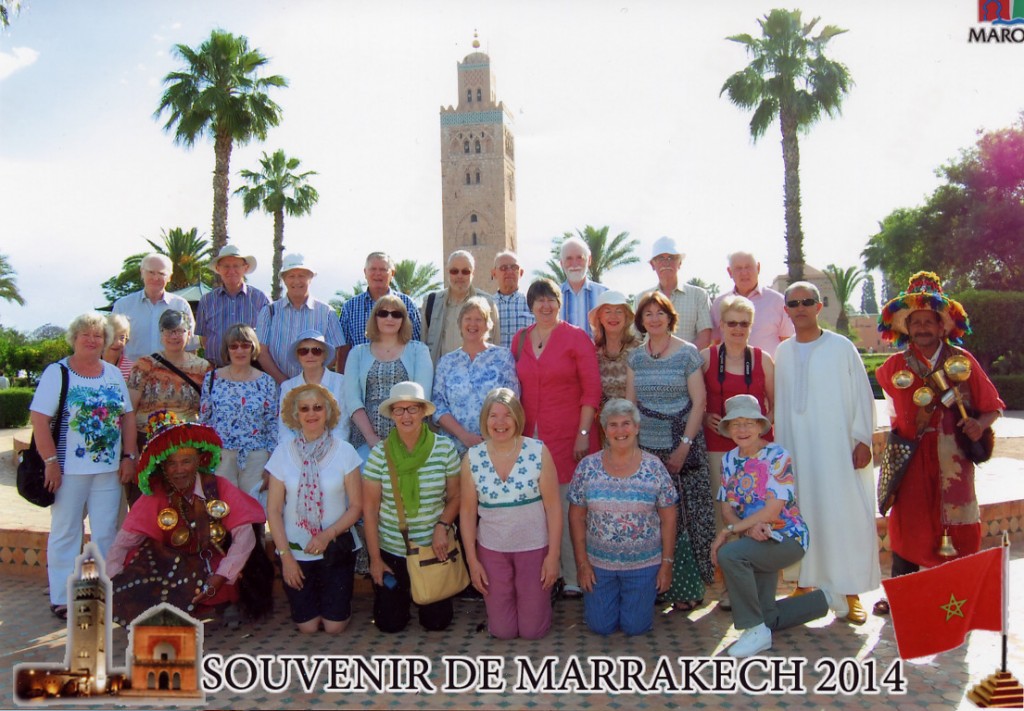To me, research is rarely a chore. It’s the dead opposite in that I get completely carried away and enjoy it so much I go over the top. For example, I find it very difficult to skim a book I need for reference and find myself reading it cover to cover. Or with Google, I can’t stick to the one website but click all those enticing links. But I don’t think any research is ever wasted and I usually learn some interesting facts and snippets along the way that I can slip in to make the story really authentic. Warning: it doesn’t half eat into your writing time. So beware.
Not all research has to be through books and Google. For Juliet’s Story I wanted her to sail to Australia so, of course, I needed to visit the country. That line of research was definitely a chore! What a fantastic month I had making notes and taking lots of photographs and talking to helpful people along the way.
As with most folk I flew to Australia but I didn’t want my heroine to go the conventional route. Juliet was to go by freighter. Through the shipping company I met a lady who had sailed round the world (different journeys) on one. Coincidentally, she lived a couple of streets away from my aunt in Pimlico, and I spent a wonderful afternoon with her. When she asked if I would like to borrow her journals of the different voyages I couldn’t believe my luck. She was a superb writer with a sharp eye for detail and I encouraged her to write a book about her travels. I think people would love to read about her adventures. The daily entries gave me great insight into freight travel but I knew it wasn’t going to replace the real experience.
 Having never been on one, or even close up and personal, I thought I’d take a few days away from my estate agency business and chose to sail on a German cargo ship called Ever Conquest, bound for Hong Kong, though I disembarked in Zeebrugge. Something strange happened the minute I stepped on board – I became ‘Juliet’ and spent six fascinating days at sea, though sadly as the only passenger, with no romance in sight! Against all their rules (they knew I was there for research for my novel so bent them) the Captain and Chief Engineer answered my constant stream of questions and even allowed me on the bridge which is normally sacrosanct.
Having never been on one, or even close up and personal, I thought I’d take a few days away from my estate agency business and chose to sail on a German cargo ship called Ever Conquest, bound for Hong Kong, though I disembarked in Zeebrugge. Something strange happened the minute I stepped on board – I became ‘Juliet’ and spent six fascinating days at sea, though sadly as the only passenger, with no romance in sight! Against all their rules (they knew I was there for research for my novel so bent them) the Captain and Chief Engineer answered my constant stream of questions and even allowed me on the bridge which is normally sacrosanct.
It’s wonderful when you tell people you’re a writer – you often sneak into places normally out of bounds. So don’t be modest. Tell people you’re a writer. You’ll be amazed at the doors that will swing wide open for you – all in the name of research, of course!
Juliet’s Story will be published on 25 January 2016.
Pre-order now Amazon UK Amazon US Kobo








